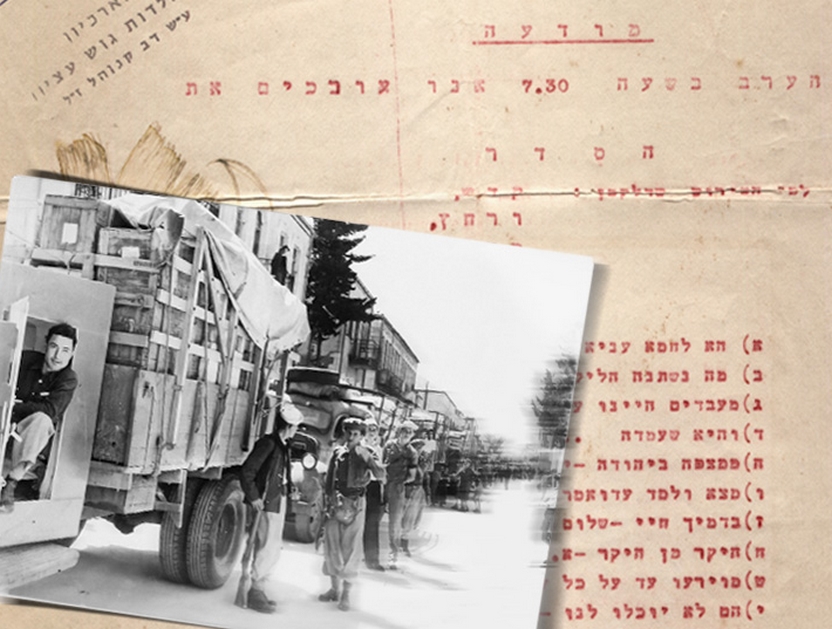The manual of photography
Enlarge text Shrink text- Book
The tenth edition of The Manual of Photography is an indispensable textbook for anyone who is serious about photography. It is ideal if you want to gain insight into the underlying scientific principles of photography and digital imaging, whether you are a professional photographer, lab technician, researcher or student in the field, or simply an enthusiastic amateur. This comprehensive guide takes you from capture to output in both digital and film media, with sections on lens use, darkroom techniques, digital cameras and scanners, image editing techniques and processes, workflow, digital
| Title |
The manual of photography / edited by Elizabeth Allen, Sophie Triantaphillidou. |
|---|---|
| Edition |
10th ed. |
| Publisher |
Oxford Burlington, Mass. : Elsevier/Focal Press |
| Creation Date |
2011 |
| Notes |
Description based upon print version of record. Includes bibliographic references and index. English |
| Content |
Cover The Manual of Photography Copyright Contents Preface Editors' Acknowledgements Author Biographies Chapter 1 Introduction to the imaging process INTRODUCTION THE IMAGING PROCESS IMAGE CONTROL THE ORIGINS OF PHOTOGRAPHY PHOTOGRAPHIC IMAGING TODAY DIGITAL IMAGING DIGITAL IMAGE REPRESENTATION Spatial resolution Bit depth Colour representation File size and file formats IMAGING CHAINS EVALUATING IMAGE QUALITY BIBLIOGRAPHY Chapter 2 Light theory A BRIEF HISTORY OF LIGHT THEORY WAVE-PARTICLE DUALITY THE NATURE OF LIGHT RADIOMETRY AND PHOTOMETRY Radiometric definitionsPhotometric definitions OPTICS WAVE THEORY Simple harmonic motion Principle of superposition Plane waves Light intensity Refraction and dispersion Polarization Interference Diffraction Diffraction of a circular aperture and a single slit Rayleigh criterion THE ELECTROMAGNETIC SPECTRUM BLACK-BODY RADIATION Wien's Displacement Law Planck's Law THE PHOTOELECTRIC EFFECT THE PHOTON BOHR MODEL OF THE ATOM THE EMISSION OF ELECTROMAGNETIC RADIATION IN ATOMS Chapter 3 Photographic light sources CHARACTERISTICS OF LIGHTSOURCES Spectral qualitySpectral power distribution curve Colour temperature Colour rendering Percentage content of primary hues Measurement and control of colour temperature The mired scale LIGHT OUTPUT Units Illumination laws Reflectors and luminaires Constancy of output Efficiency DAYLIGHT TUNGSTEN FILAMENT LAMPS TUNGSTEN-HALOGEN LAMPS FLUORESCENT LAMPS METAL-HALIDE LAMPS PULSED XENON LAMPS EXPENDABLE FLASHBULBS ELECTRONIC FLASH Flash circuitry Flash output and power Flash duration and exposure Portable units Studio flash Automatic flash exposure Integral flash units Red-eye avoidanceOTHER SOURCES Light-emitting diodes Diode lasers Chapter 4 The human visual system THE PHYSICAL STRUCTURE OF THE HUMAN EYE Tunics Cornea Conjunctiva Iris and pupil Crystalline lens Ciliary body Vitreous cavity and vitreous humour Retina and choroid Optic nerve Structure of the retina Rods and cones 'non-imaging' cell layers Receptive fields DARK ADAPTATION ELEMENTARY COLOUR VISION Young-helmholtz theory of colour vision Opponent theory of colour vision COLOUR ANOMALOUS VISION MOVEMENT AND FOCUSING Focusing and correction of eyelightMovement THE VISUAL PATHWAY Visual cortex BINOCULAR VISION PERFORMANCE OF THE EYE Luminance discrimination Contrast sensitivity function Visual acuity ANIMAL VISION Chapter 5 Introduction to colour science THE PHYSICS OF COLOUR COLOUR TERMINOLOGY THE COLOUR OF OBJECTS Spectral absorptance, reflectance and transmittance CIE STANDARD ILLUMINATING ANDVIEWING GEOMETRIES CIE STANDARD ILLUMINANTS AND SOURCES MODELS OF COLOUR VISION THE BASICS OF COLORIMETRY Colour matching functions and the CIE standard observers Calculating tristimulus values from spectral data |
| Extent |
1 online resource (585 p.) |
| Language |
English |
| National Library system number |
997010715996605171 |
MARC RECORDS
Have more information? Found a mistake?

 Sign in with Google
Sign in with Google
 Sign in with Facebook
Sign in with Facebook



